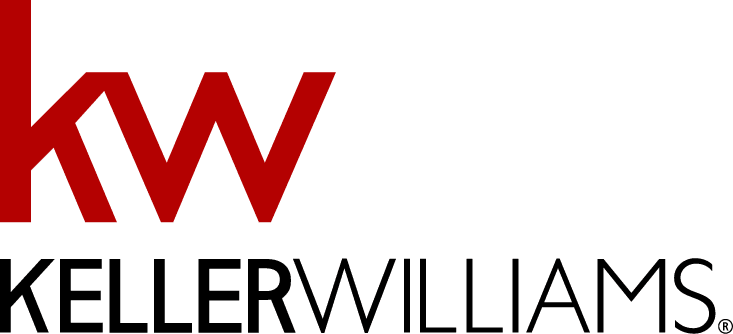Also known as a Like-Kind Exchange and a Starker Exchange, this has become a popular option and powerful tax-deferment strategy that investors are using. This type of exchange, which is defined under section 1031 of the Internal Revenue Service Code, says that it is possible for an investor to defer the payment of capital gains taxes on an investment property in certain conditions. If the property is sold, as long as another like-kind property is purchased with the profit from the sale of the first property, it will qualify for the 1031 Exchange. Essentially, this will allow real estate investors to change their focus for investing without worrying about having any tax liability for the property.
Those who are selling investment properties will typically be the ones who have to pay the capital gains taxes. However, there are times when selling the investment could end up costing more than the investor could make. Naturally, this is a less than ideal situation. Those who own properties that are worth more today than when the property was bought have the potential to make a substantial amount of money when using this strategy.
How Could This Work for You?
Remember, in order to use the 1031 Tax Deferred Exchange, investors need to change out one property for another property of a similar value. The investor will eventually have to cash out and pay taxes, but they can use this strategy to trade properties without having immediate obligations to pay taxes.
It is important to remember that the rules in place require both the purchase price of the property and the amount of the new loan to be the same, or higher, on the property that will become the replacement.
Types of Like-Kind Exchanges
Several of the main types of like-kind exchanges are discussed below.
First, there is the simultaneous exchange. This will happen when the property being sold and the replacement property close on the same day. If there is any delay at all, this type of exchange would likely be disqualified, which means that the investor would then have to pay the taxes in full. Typically, a simultaneous exchange will happen when two parties agree to swap deeds, or when there is a three-party exchange where one of the parties will engage in the transaction simultaneously for the exchanging party. This type of exchange could also occur when there is no middle entity that structures the exchange process.
Another option is the delayed exchange. This tends to be the most common option, as it tends to be easier to plan than a simultaneous exchange. With this exchange, the exchanger will relinquish their first property before they purchase the second property to replace it. In this option, the person who is exchanging the property will be responsible for the marketing of the property, as well as finding a buyer and going through the start of the sale process. This will occur before the exchange process starts. After it happens, the person who is exchanging the property will need to go through a third party to sell the relinquished property and hold the proceeds in that sale. They will be held for 180-days while the seller finds a like-kind property.
Related: Ask an expert about 1031 exchanges through LiveChat.
When this strategy is used, the investor will have a 45 day identification period to find the new property. They will then be able to have 180 days to close on the property. Because the timeframe is far more agreeable than a simultaneous exchange, this tends to be a very popular option.
In a reverse exchange, also called a forward exchange, the investor will buy the replacement property through an exchange accommodation titleholder before finding the replacement property. This may seem simple, but it requires the investor to pay in cash, and many banks are not willing to offer loans for these types of exchanges.
Other Rules to Consider
To make sure that the investor does not pay any taxes on the sale of a property, the net market value and equity of the property purchased need to be the same or greater than the property sold. If not, you will not be able to defer 100% of the taxes. When exchanging for a like-kind property, the IRS states that the property that is being bought needs to be “the same nature or character, even if they differ in grade or quality” as the property that is being exchanged.
Additionally, the taxpayer cannot receive boot in order to exchange the property tax-free. The boot that is received would be taxable, so all cash would need to be relinquished from the property to avoid boot. However, if the seller wants to make some cash on the sale, and they are willing to pay some taxes, it is possible.
The tax return, and the name that appears on the title of the property being sold needs to be the same as the tax return and title holder who is buying the new property. There is an exception to this rule, though, with a single member limited liability company, or SMLLC, as this is considered a “pass-through to the member”. This means that the SMLLC could sell the original property, and the sole member could buy the new property in their name.
Under the Three Property Rule, someone who is exchanging property would be able to identify up to three properties, regardless of value, as long as he or she acquires one of the three properties as their replacement within a 180-day period.
Is It Worth It?
Whether or not someone should attempt a 1031 Exchange will depend on why they are buying and how they want to invest, as well as whether they believe that they can make a smarter investment by deferring taxes and getting a better overall property. Everyone who is investing is in a different situation, and it is important to choose options that will make the most financial sense for you.
Doing a 1031 tax-deferred exchange may seem complicated and possibly intimidating, but it is one of the best ways for accumulating real estate wealth. Donald La, licensed commercial real estate broker, is an expert in 1031 tax-deferred exchanges and has done dozens of them over the years across San Gabriel Valley and Los Angeles County. Contact Donald if you’d like to get a free consultation on how to make a 1031 exchange work for your property.

